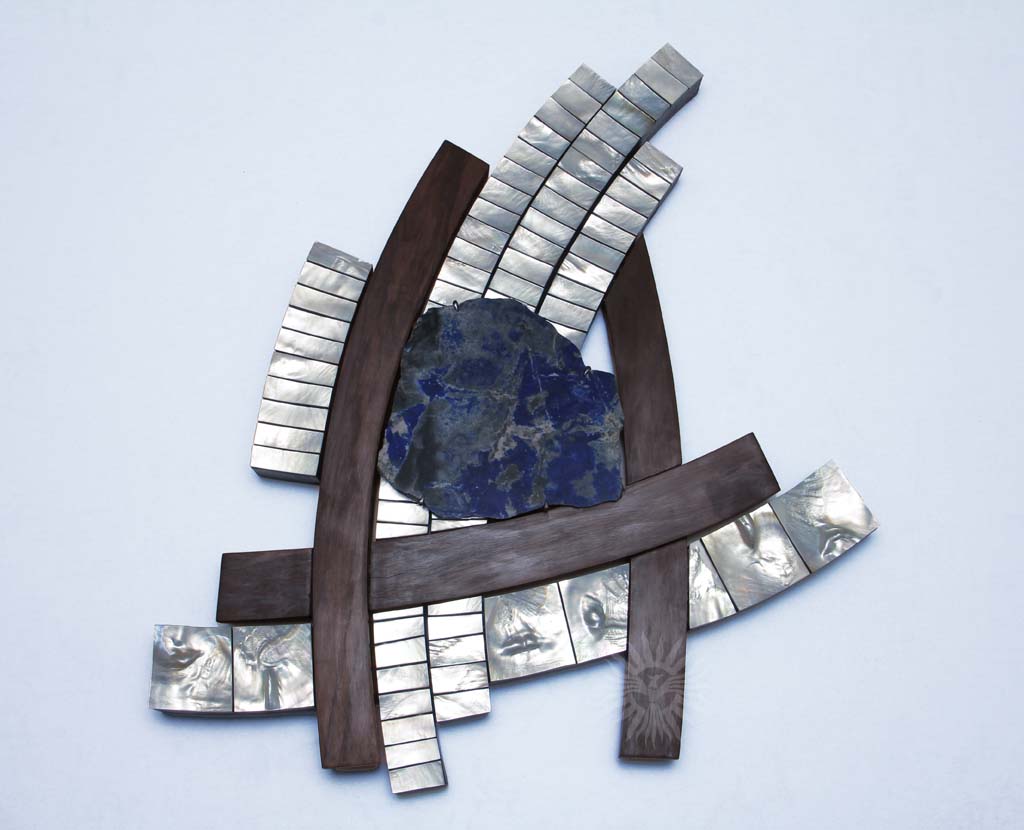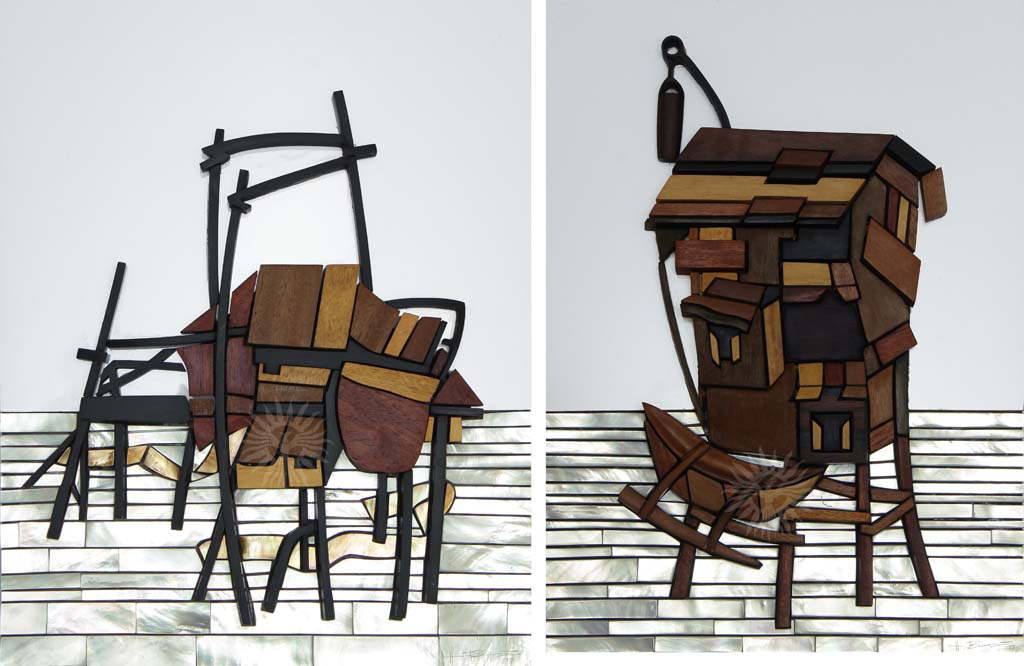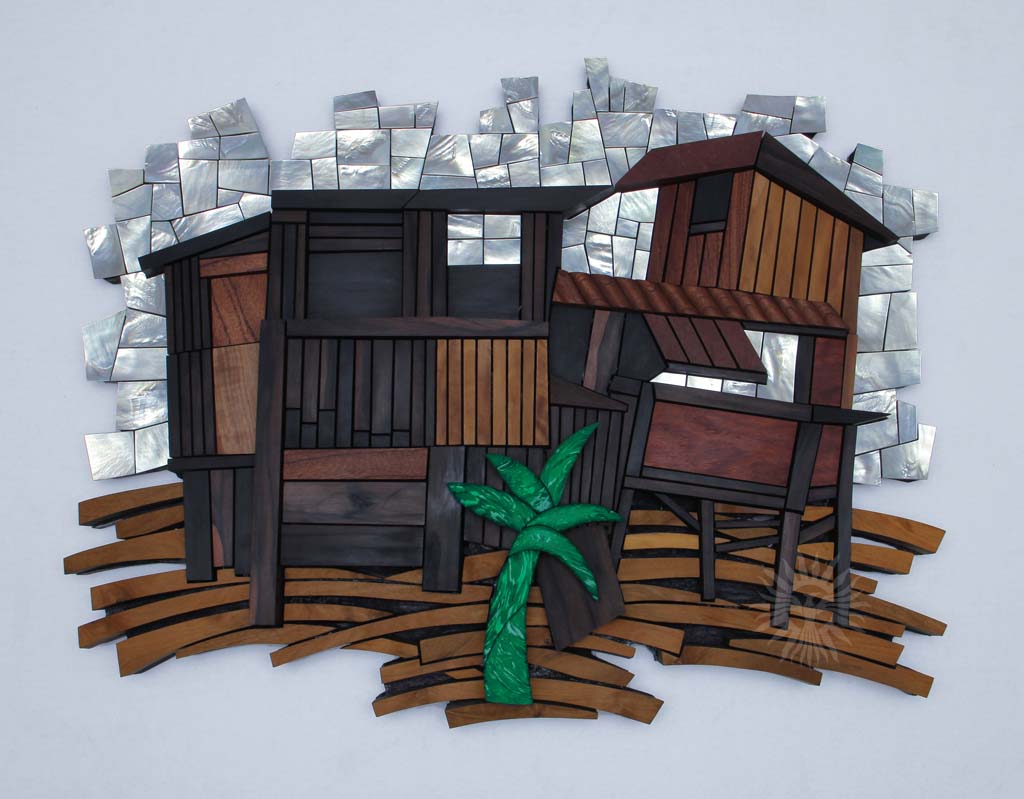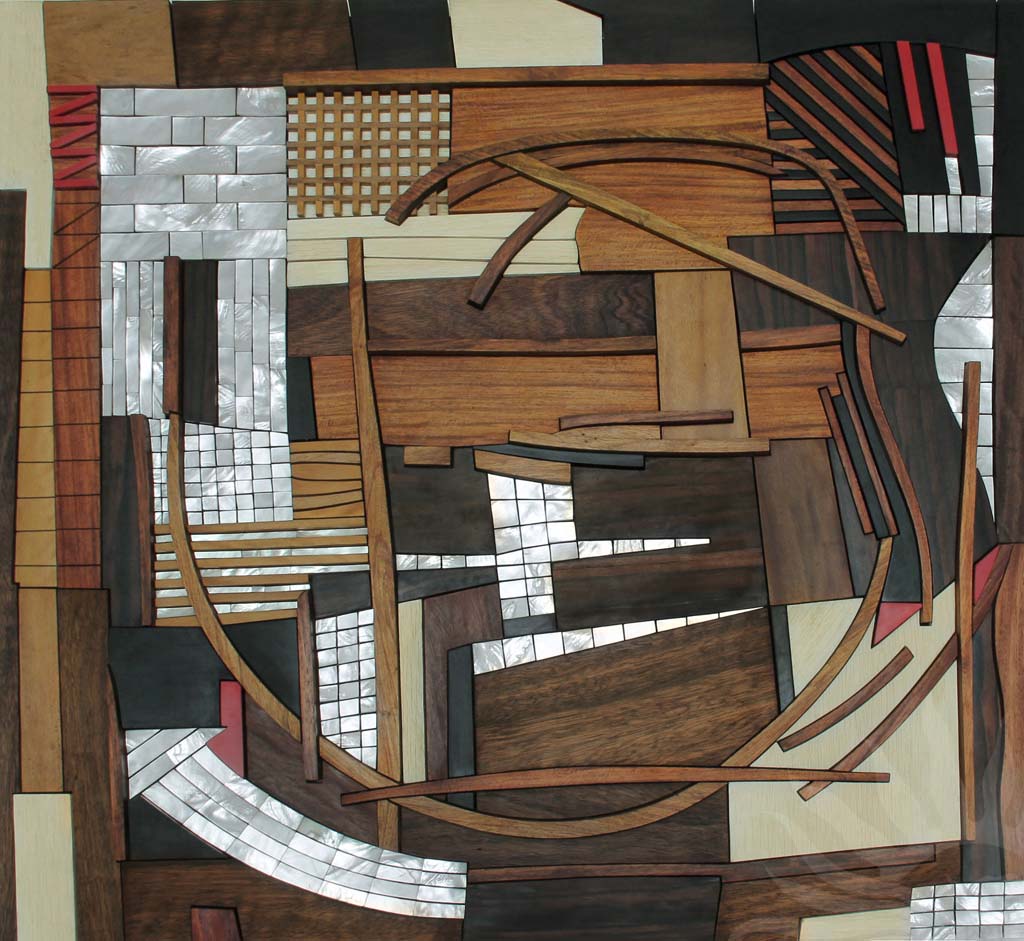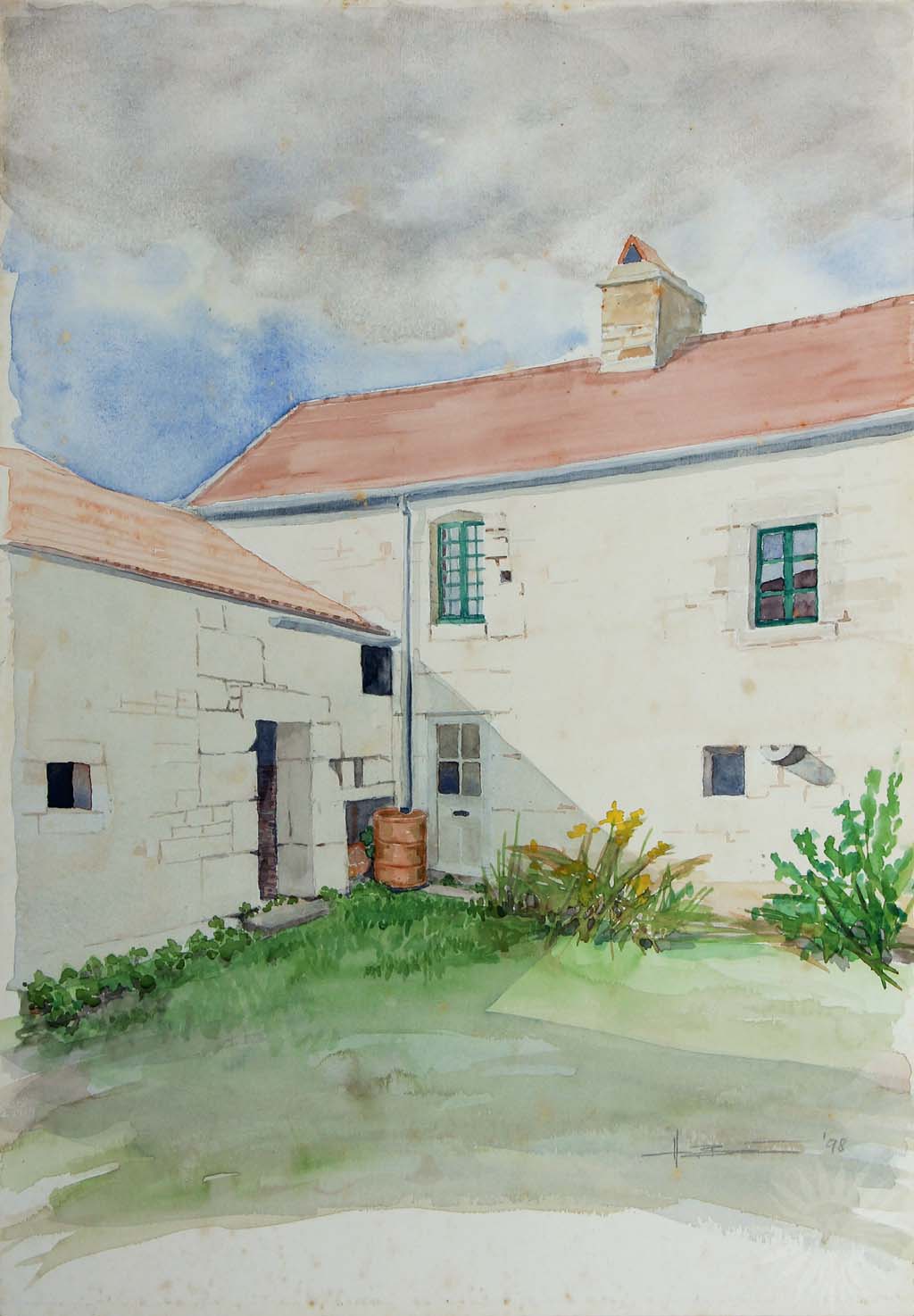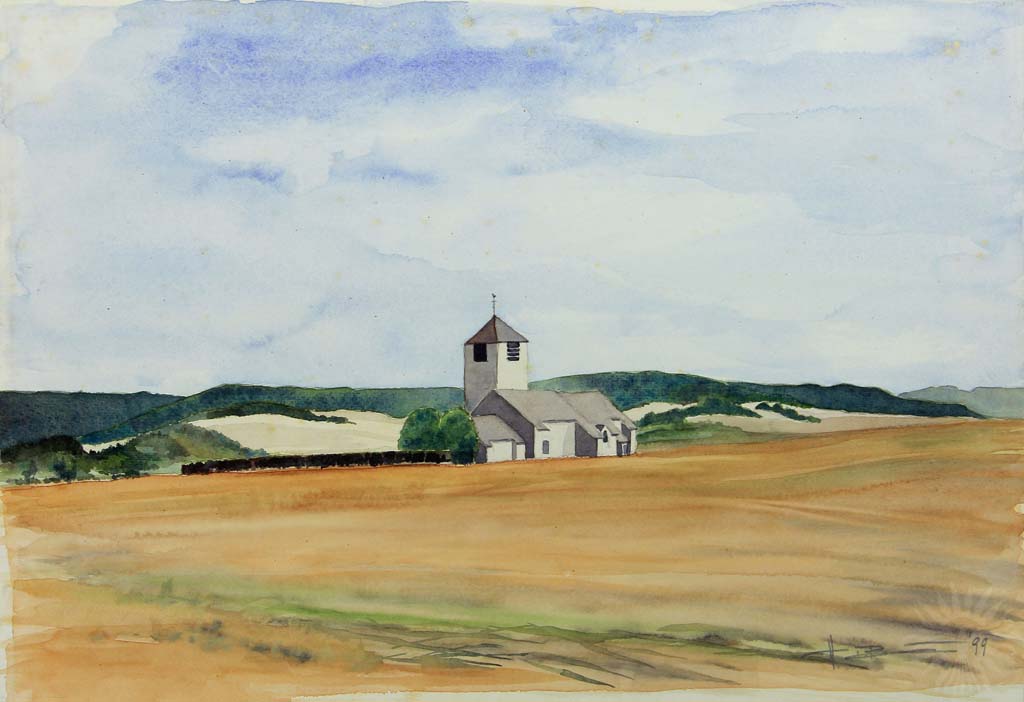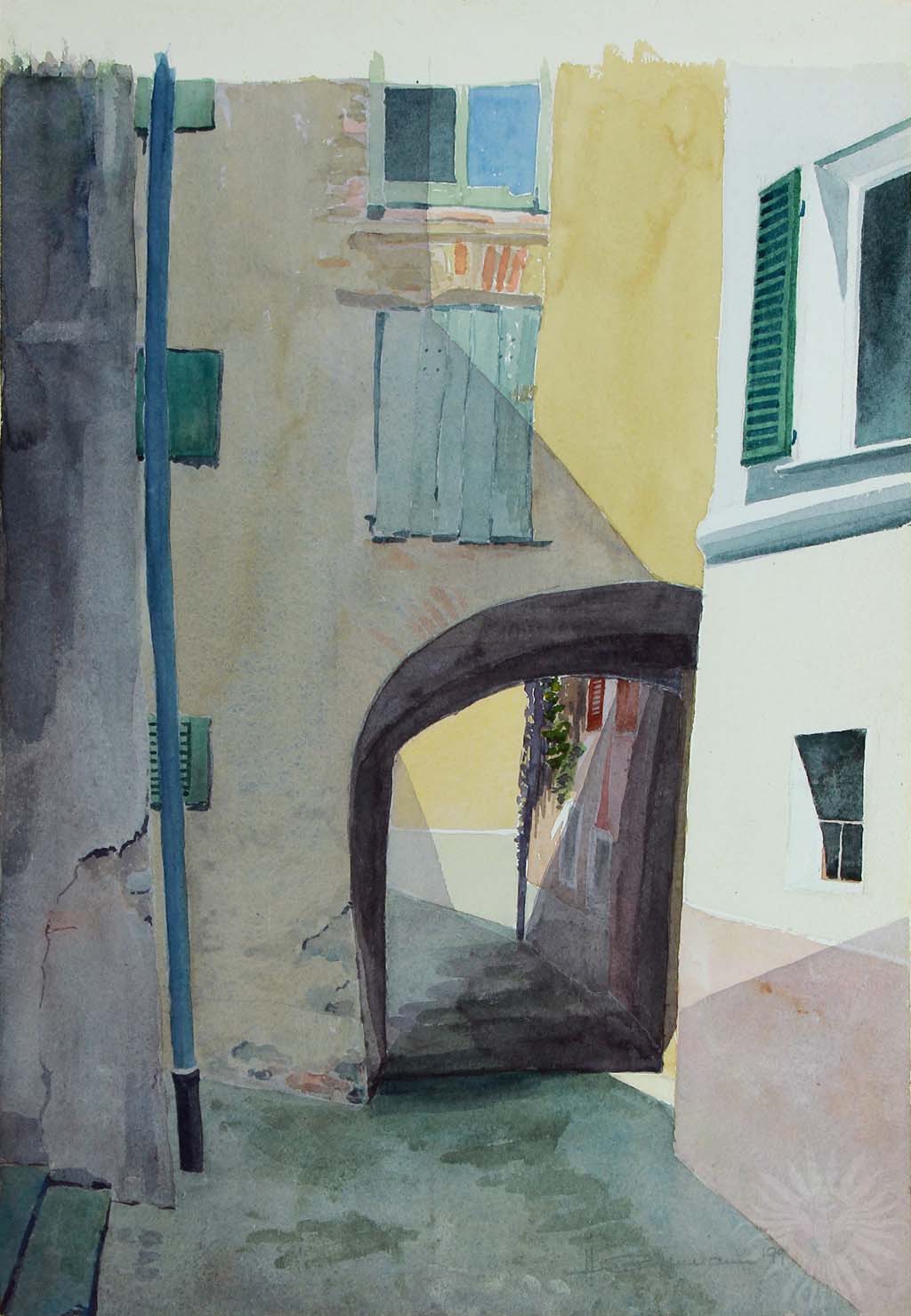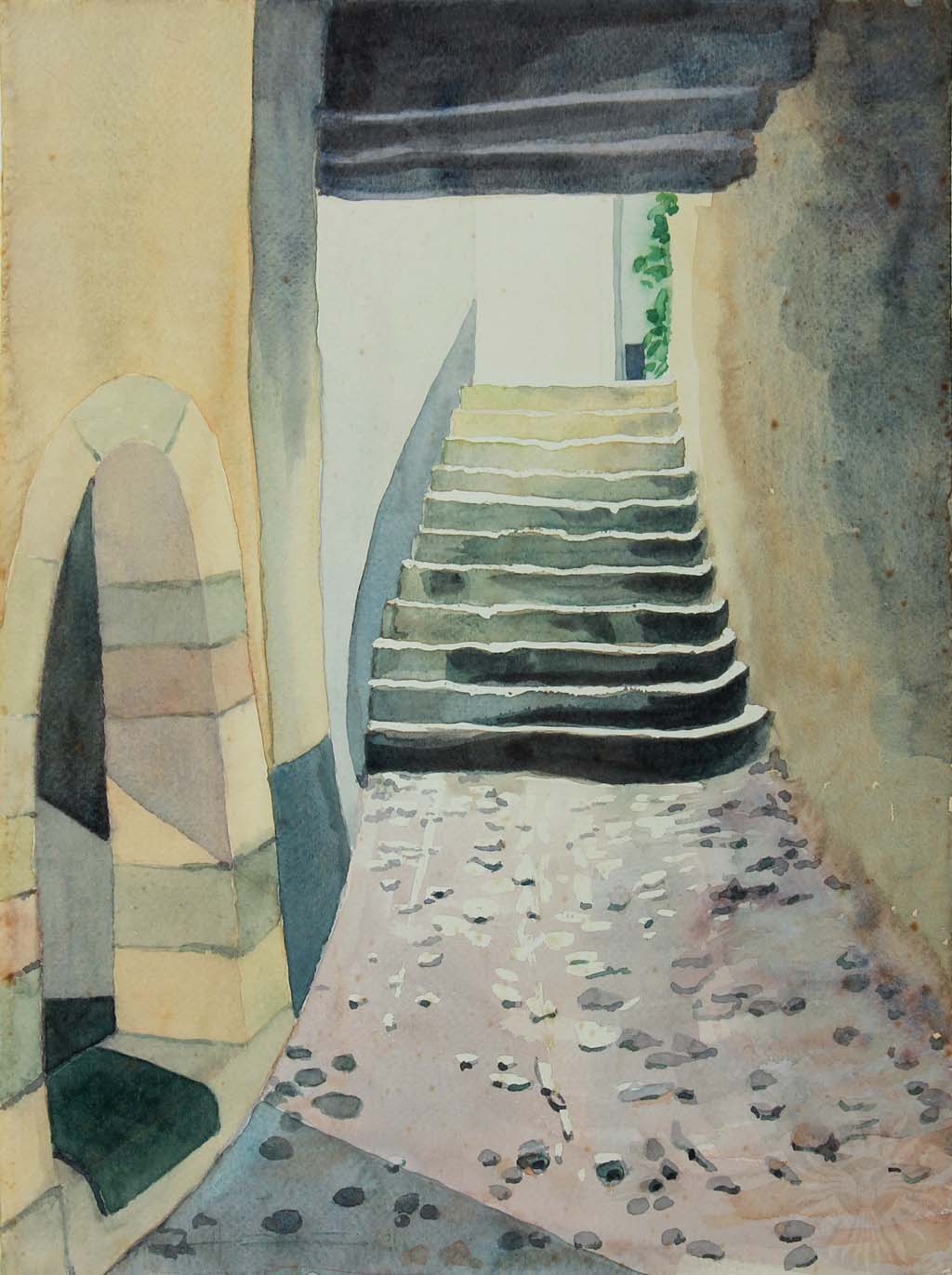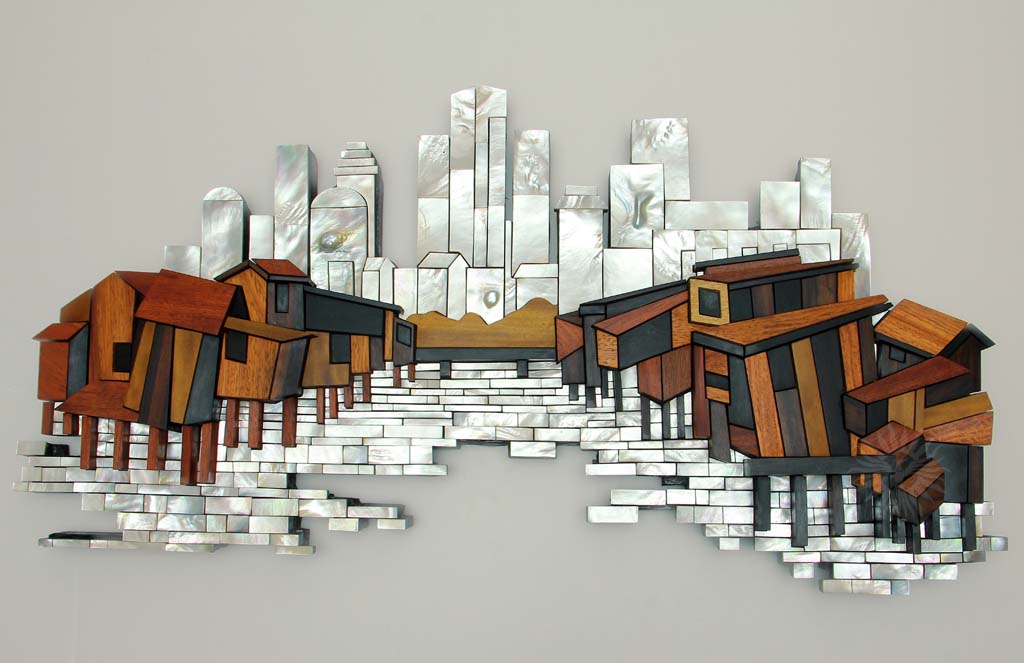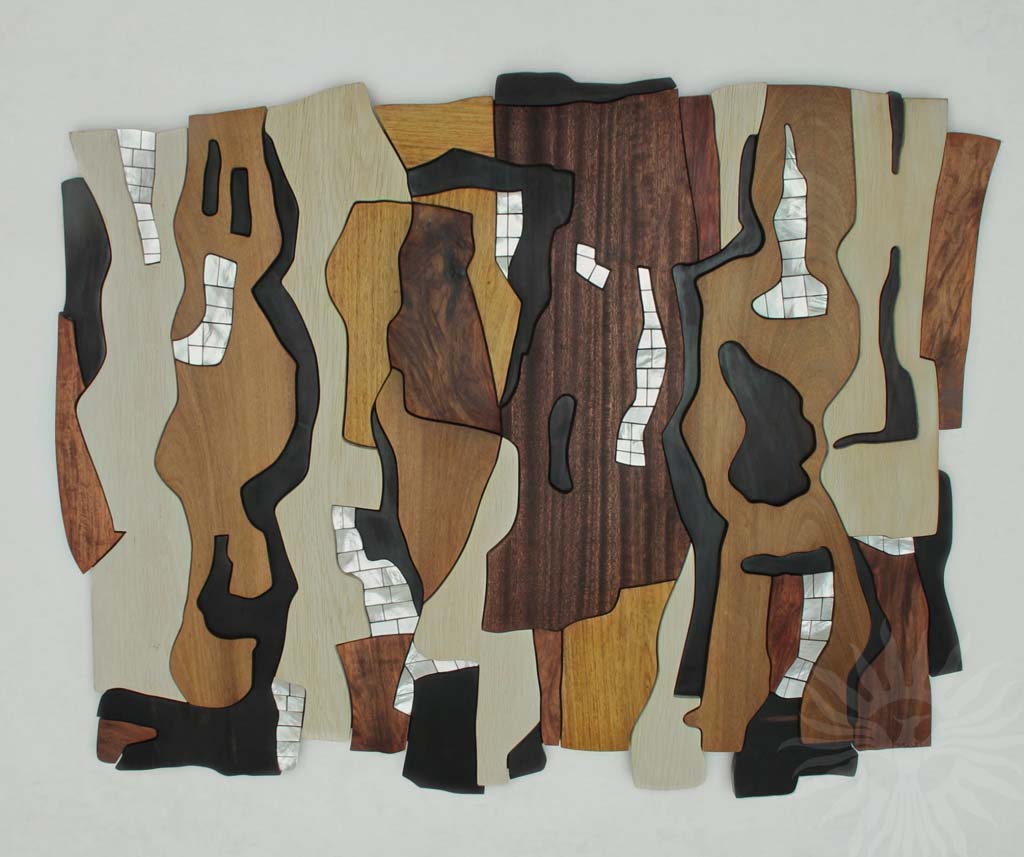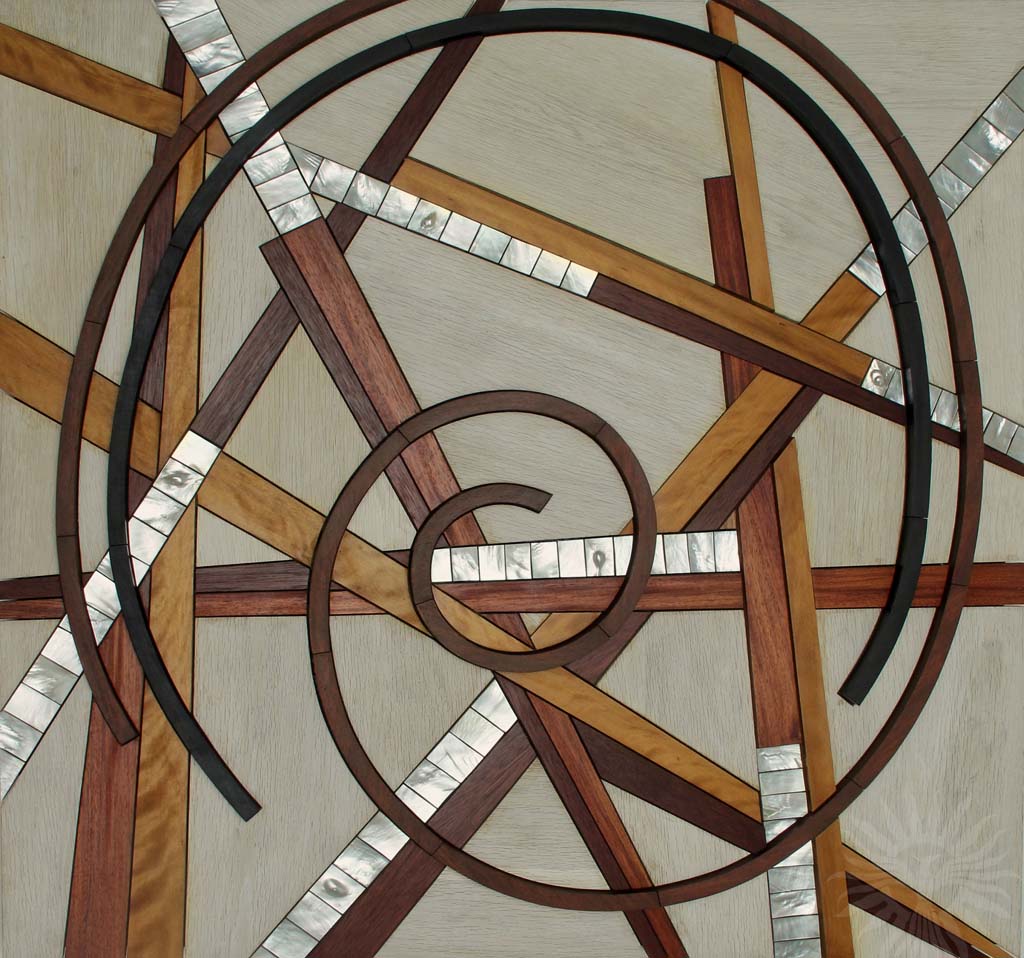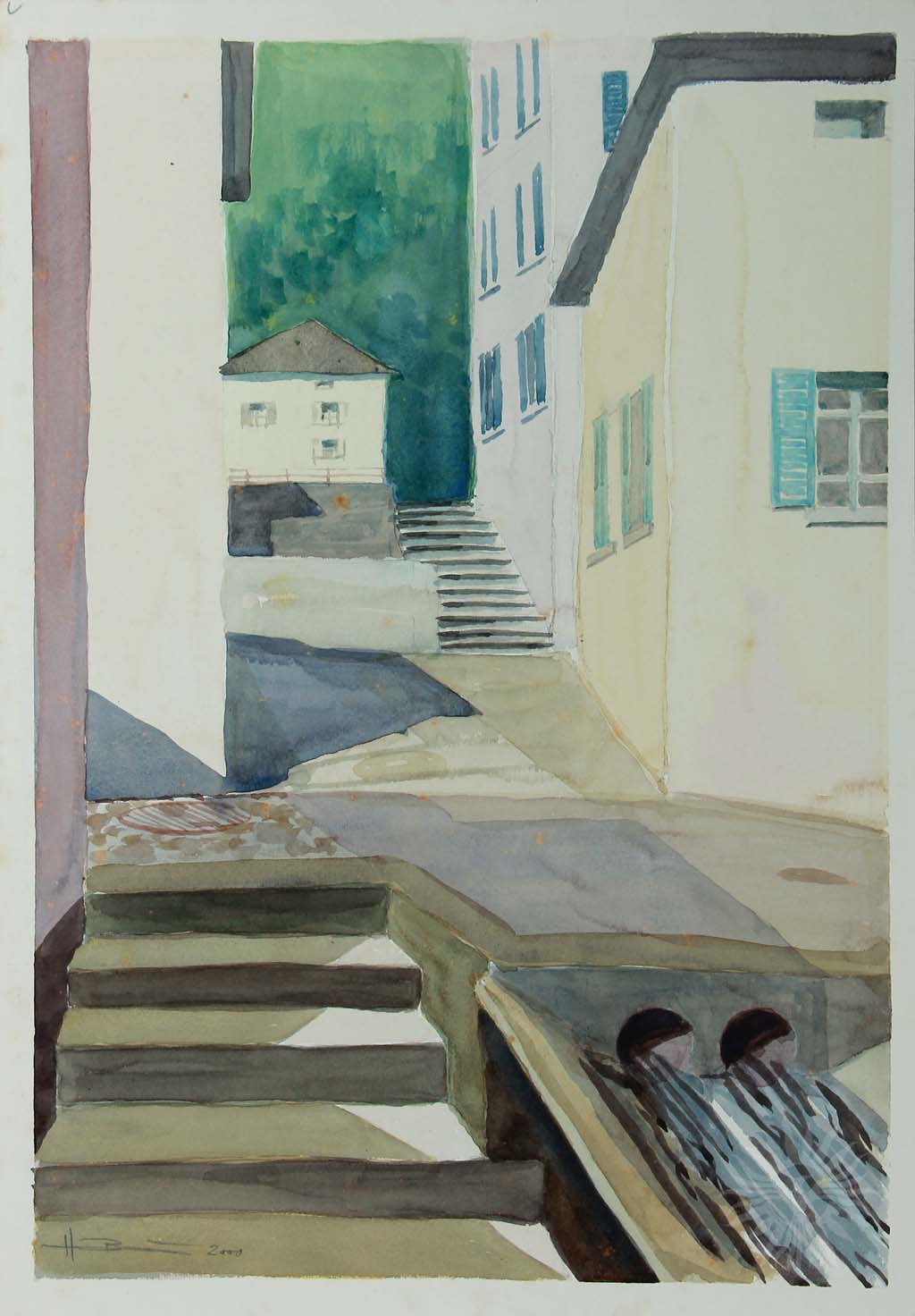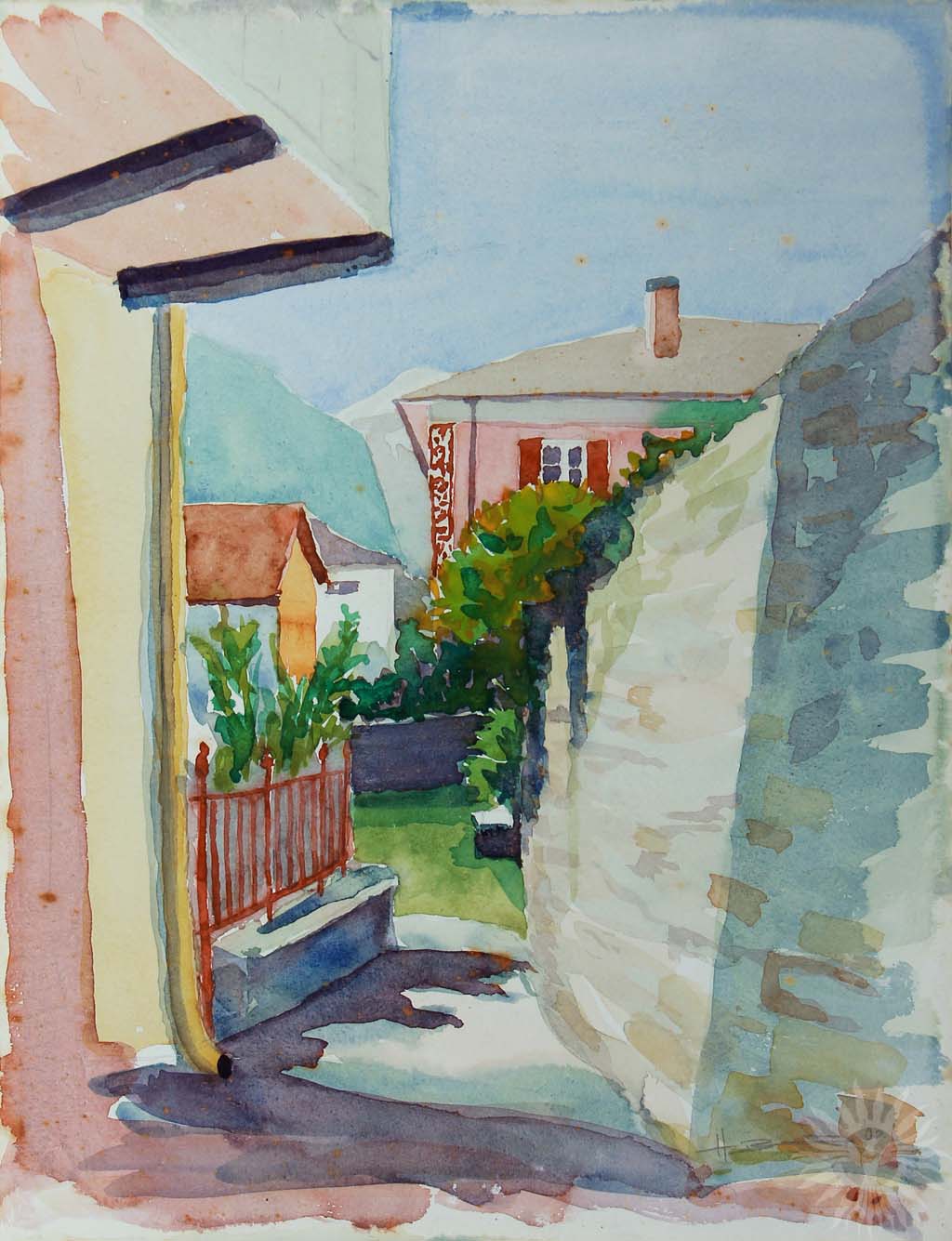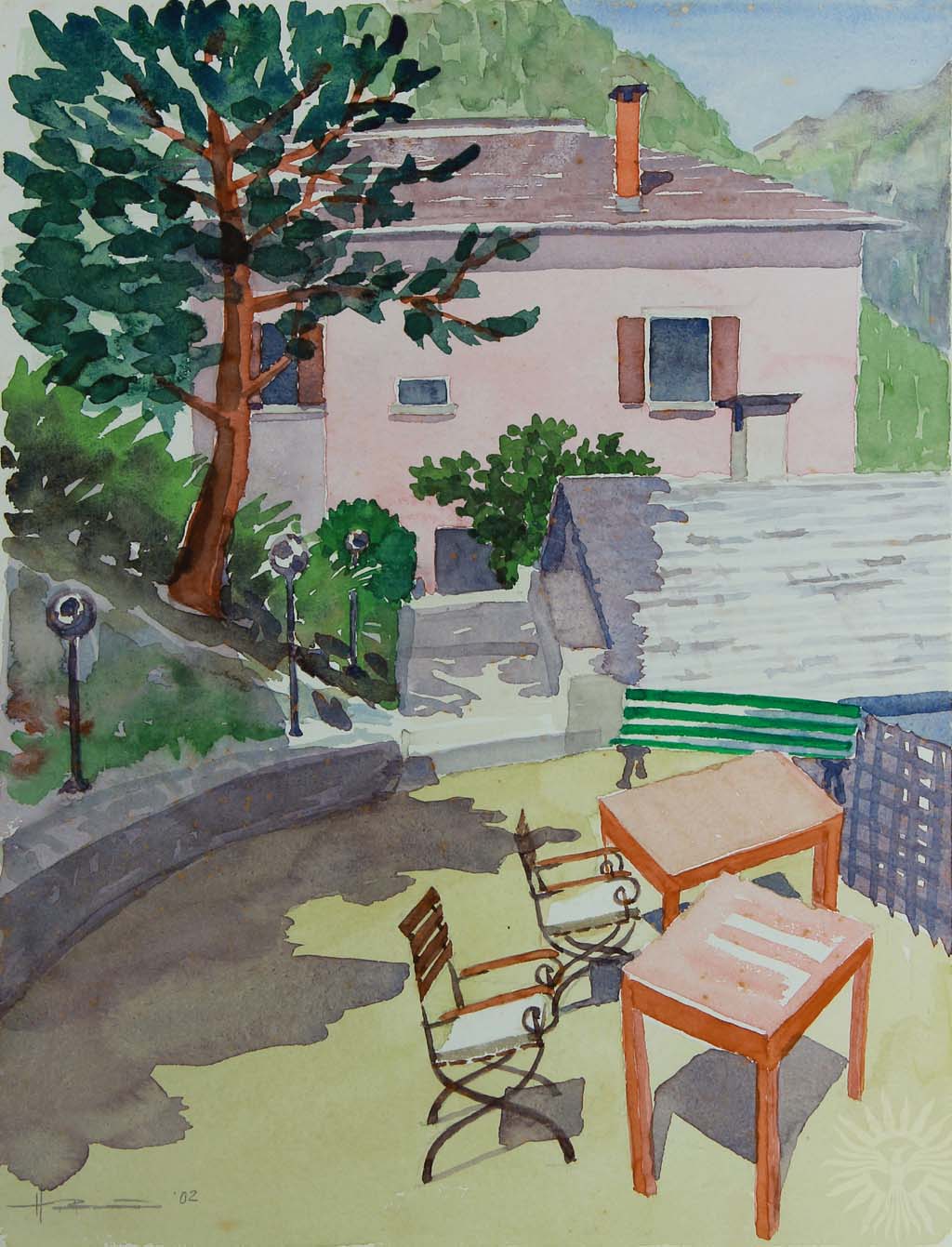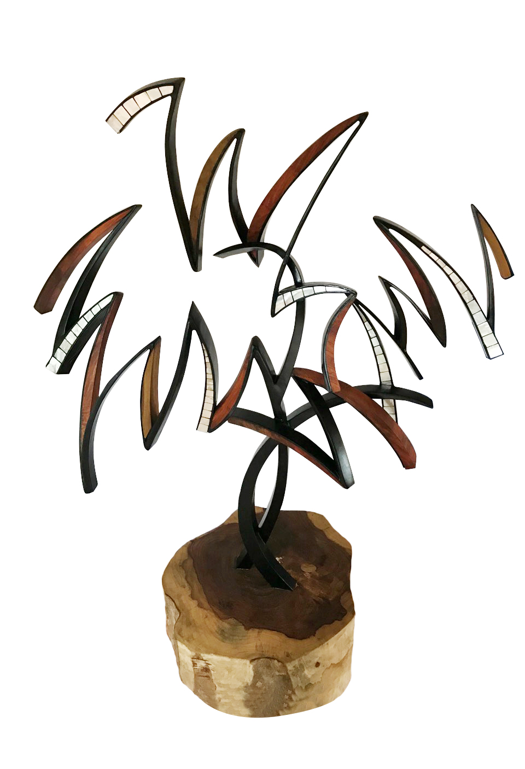Paysage
October 04, 2018 - October 30, 2018
Hans Brumann
Makati Shangri-la, Manila
PAYSAGE: The Landscapes of Hans Brumann
Many of us were raised and grew up as residents in a crowded city, the so-called concrete jungle, but lucky are the few who grew up in places where there is, as the real estate ads like to remind us, more grass than glass. It is unthinkable that, as one writer put it, one can love a building more than one can love a tree. “No one can ever shed the landscape that one grew up in. It lives in you. You may love a building but I don’t think that you can love it the way that you love a tree or a river or the color of the earth, it’s a different kind of love.”
In Paysage (French for landscape), Hiraya Gallery presents the recent sculptures and watercolors of Hans Brumman. The artist is the famed Swiss jeweler who has made the Philippines his home for the past five decades, displays this different kind of love. In recent years, Brumann has added another feather, or jewel, to his cap: he has produced sculptures invested with the same degree of elegance and refinement, especially in the woodwork where the grains of the material make their most striking appearance, and where the polish and natural gleam of the wood is a kind of visual seduction.
More innovatively, Brumann explored an unexpected material which rightly, one would have expected a native, a Filipino, sculptor, to have embraced: Mother of Pearls. This is manifest proof that our eyes may have been so sated by our familiarity with the abundance of natural materials around us, such that only a pair of European eyes can appreciate them. At any rate, Brumann takes our jaded eyes this time to the setting and scenery of his youth, the views of his native Switzerland and France.
Interestingly, paysage may be misconstrued for the English word passage, but that may even be providential, for many of Brumann’s watercolors depict passages and pathways in between the stolid European stone houses, that wear the passage of time and the seasons with a quiet dignity. Many of these structures have now been turned into quaint and charming inns, taverns, and hotels, retrofitted with twentieth century fixtures and conveniences.
Incidentally, some of these residences, with their geometric volumes and rooftops with their tilted places will uncannily bring to mind the French painter Georges Braque’s Houses at L’Estaque. Their cube-like shapes provoked a critic to compare his work to little “cubes.” Meant derogatorily, the term became the origin of the now famous style called Cubism.
Of course, in Paysage, the audience can delight in landscapes done in their expected traditional look: wide vistas of clear open spaces under bright blue skies, dotted by trees and barns and cottages and churches, in low-key colors, or “the colors of the earth.”
Hans Brumann has not shed the landscape he grew up in…
-CIDREYES
